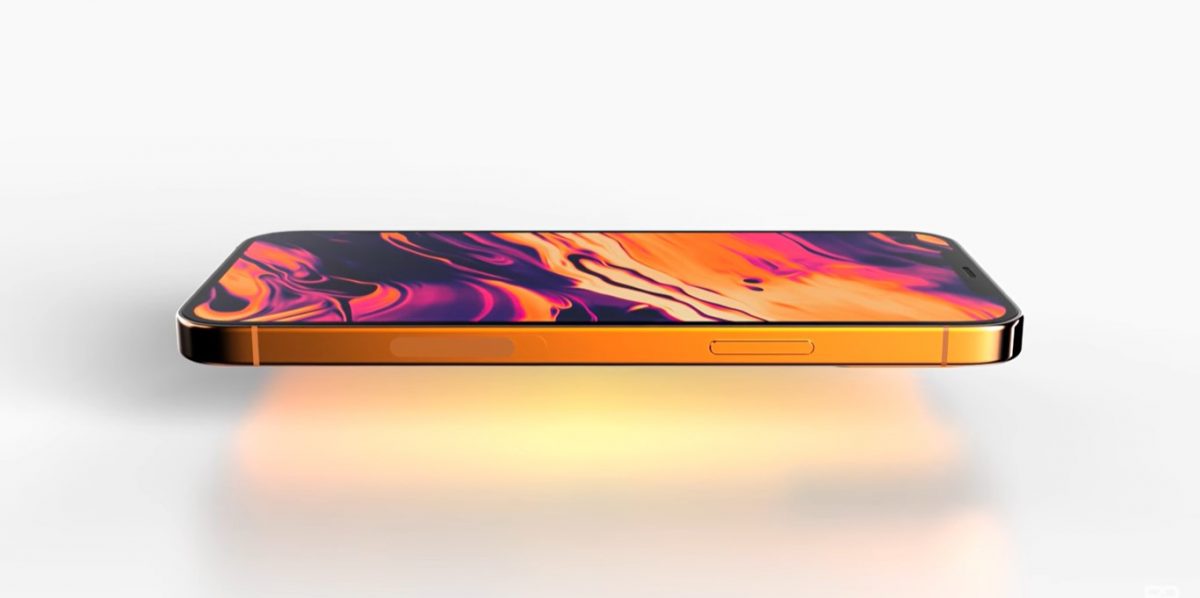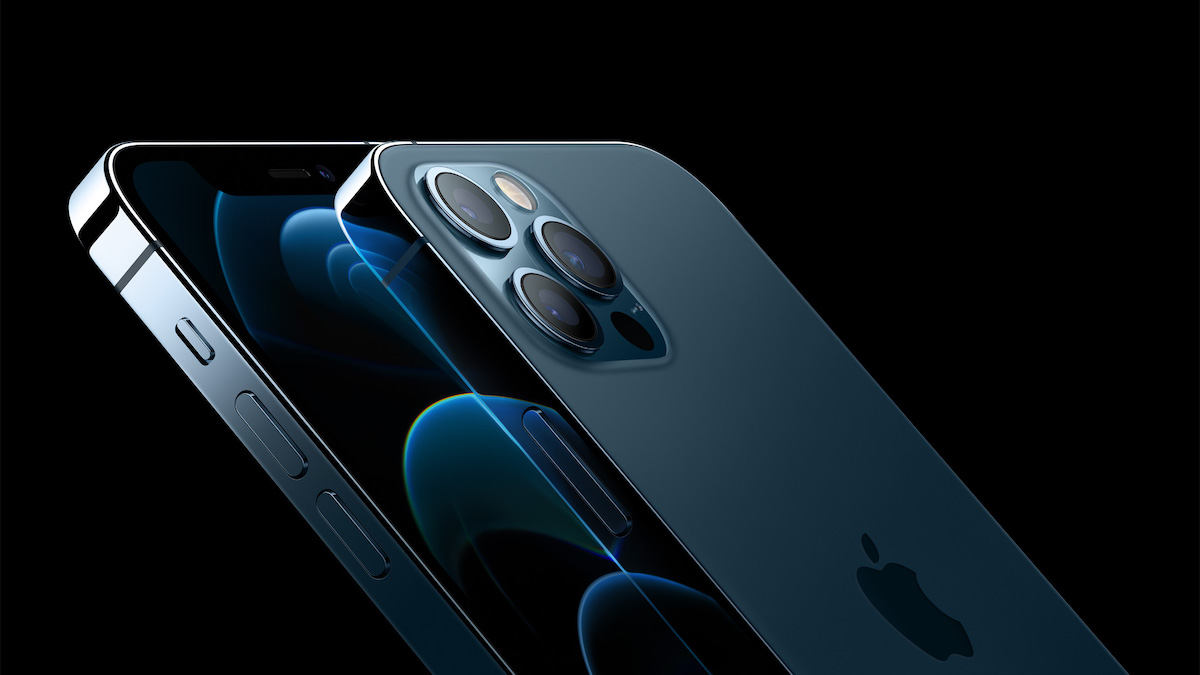It has long been rumored that Samsung and LG will provide OLED LTPO display for the upcoming iPhone 13 series. A report by The Elec claims that both manufacturers have begun the panels’ production this month, which is a month earlier than Apple’s usual production schedule.
Apple is expected to launch the next-generation iPhone series in September. Unlike the iPhone 12’s delayed due to the COVID-19 pandemic. And in compliance with that released time frame, Apple’s suppliers are gearing up for iPhone 13’s production. TSMC has begun production of the new A15 Bionic chip and Foxconn is giving incentive bonuses to encourage employees to meet the required working hours for the upcoming iPhones.

As Apple does not want to face components shortage, it asks suppliers to begin iPhone 13’s OLED display production early
As per the report, Samsung started OLED panels’ production in mid-month, and LG began production just recently.
Samsung began organic material deposition a week earlier than LG. For the module process, where the panel is finished, Samsung’s started around ten days earlier than LG.
The pair started production earlier than last year from Apple’s request, the sources told TheElec.
The reason for the early production is to secure stocks in advance so the company does not face a shortage as it for iPhone 12’s.
Cupertino failed to fully capitalize on iPhone 12’s popularity early on and had faced difficulty in securing initial stock to meet the higher-than-expected demand.
Apple is likely trying to avoid the same situation for iPhone 13 by securing components such as OLED panels earlier, the people said.

Like the current iPhone 12, Samsung will supply OLED panels for the mini and base iPhone 13 models. But for the Pro models of the next-generation smartphone series, it is reported that the South Korean manufacturer will supply a rigid-flexible printed circuit board (RFPCB) which is used to connect OLED panels to the mainboard to support a 120Hz refresh rate.
Samsung already manufactures OLED displays used in iPhone 12 series and is reported to be creating the LTPO displays for iPhone 13 Pro models. Currently used in Apple Watch, the Low-Temperature Polycrystalline Oxide (LTPO) OLED panels consume 15%-20% less power, enabling always-on display functionality on the smartwatch. Similarly, the low-energy consumption of the advanced display tech will allow Apple to introduce a high 120Hz refresh rate on iPhone 13.
Read More:
- iPhone 13 will be slightly thicker but will have a noticeably larger camera bump
- iPhone 13 could support mmWave 5G in many more countries beyond the U.S. – Kuo
3 comments
Comments are closed.